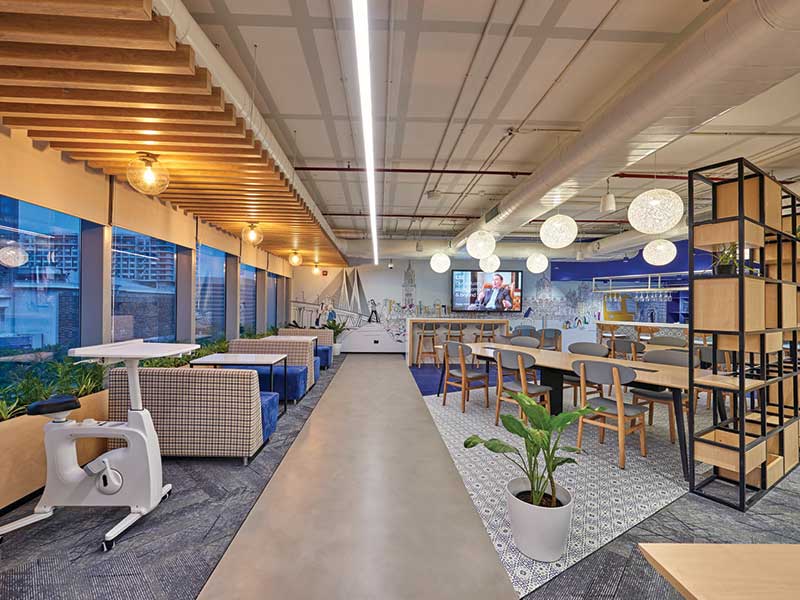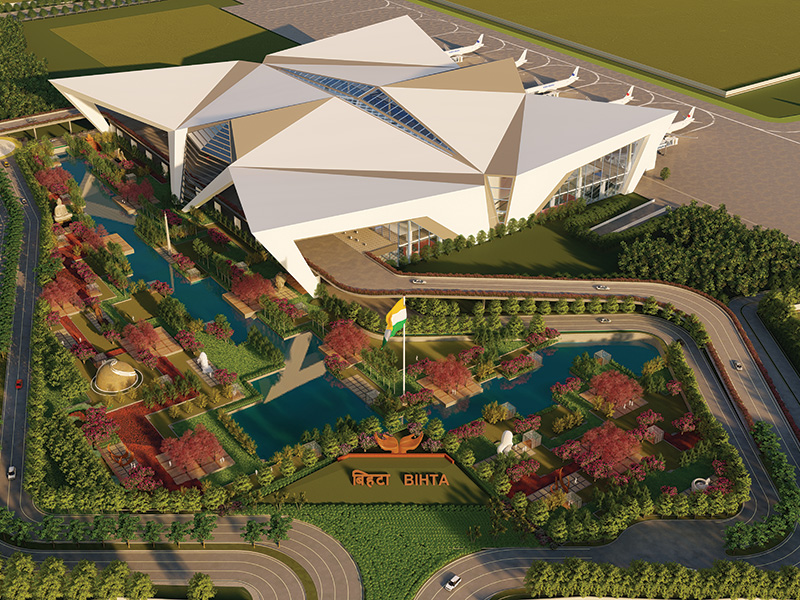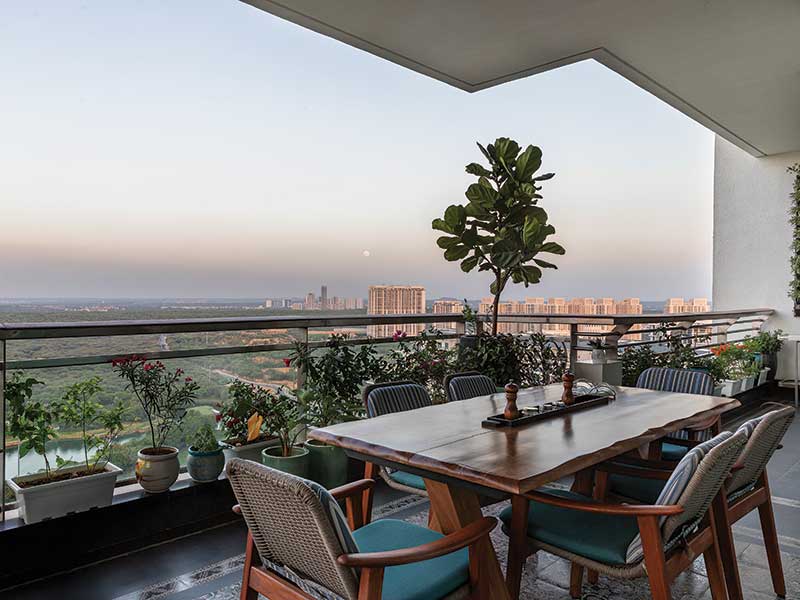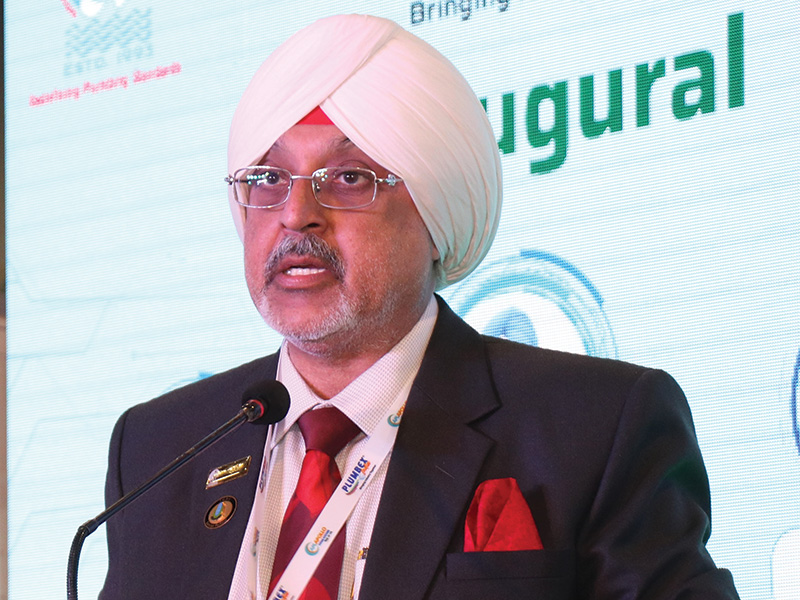Raman Sapru, Director - Design & Engineering, Mindspace Business Parks
Urgent Need for Sustainable Construction
Adopting sustainable practices in commercial real estate has become a pressing necessity. As the global community grapples with the ramifications of climate change and dwindling resources, the industry is presented with a unique opportunity to wield its influence for positive change by adopting green construction practices that address energy efficiency, resource optimization, and occupant well-being.This commitment must resonate with immediate environmental impact and long-term supply chain resilience. By carefully evaluating suppliers against ESG criteria and favouring local materials, sustainability is strengthened. Through effective waste management, judicious water consumption strategies, and reduction in plastic use, we not only address critical facets of sustainability, but also align our business practices with environmental stewardship.
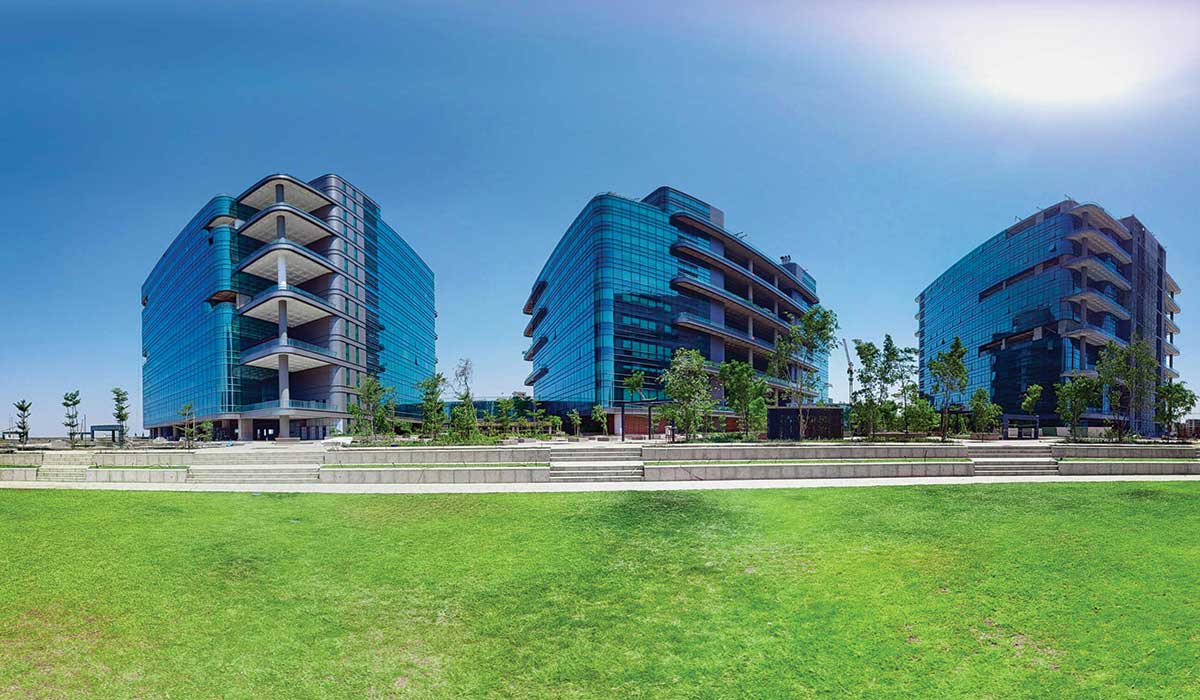
Advancements in energy-efficient technologies and their impact on sustainability
The strategy to curtail energy consumption must prioritize reduction of energy usage while optimizing resource utilization. Within this, advanced technologies must take centre stage. Examples include Variable Frequency Drives (VFDs) integrated into chillers, cooling tower fans, Treated Fresh Air (TFA) fans, and chilled water distribution systems that allow adjustment of the speed of the equipment based on demand, thereby helping reduce usage when demand is low. Automatic Tube Cleaning (ATC) systems, beyond increasing heat exchanger efficiency, significantly reduce energy wastage.Incorporating features such as high-performance building envelopes, high-efficiency HVAC systems, and energy-efficient lighting can significantly reduce a building’s energy consumption and, consequently, its greenhouse gas (GHG) emissions. Additionally, rooftop solar panels and procurement of green power sources can help reduce both Scope 1 and Scope 2 emissions.
As education and awareness continue to spread, regulatory frameworks evolve, and access to green materials improves, the commercial real estate industry in India is poised for a sustainable transformation that will not only benefit the environment but also yield long-term economic advantages.
Raman Sapru
Strategies for maximizing resource efficiency while reducing emission
Internet of Things (IoT) sensors, data analytics, and automation systems have become instrumental in fine-tuning building operations. Through these technologies, energy is used efficiently, and wastage is minimized. This data-driven approach not only reduces energy costs but also supports a more sustainable and responsive real estate sector.Technologies like heat recovery systems harness the waste heat emitted by the exhaust air to condition the incoming fresh air. This not only reduces energy requirements but also contributes to operational efficiencies and cost-effectiveness. The integration of standardized IE3 electric motors across Mechanical, Electrical, and Plumbing (MEP) systems reinforces the industry’s stance on energy efficiency. By adopting advanced technologies, the industry can set new benchmarks for responsible construction.
Promoting occupant well-being through intelligent design and technology
The aim of responsible construction practices is to ensure the health, safety, and well-being of building occupants. This can be achieved by integrating security systems and BMS into projects right from the design phase, to enable access to real-time analytics and ensure optimal operations during the use phase, and in the future. Solutions include Smart thermostats and sensor-based lighting systems to help create environments that align with occupants’ preferences and needs, and Electric Vehicle (EV) charging networks for greener mobility, curbing carbon emissions, and elevating air quality.Upgrading Existing Buildings
Retrofitting existing buildings and implementing energy-saving upgrades in older properties, such as HVAC system upgrades and insulation improvements, can yield substantial emission reductions. By modernizing existing infrastructure, we can breathe new life into aging properties while significantly reducing their carbon footprint.Managing Construction Waste
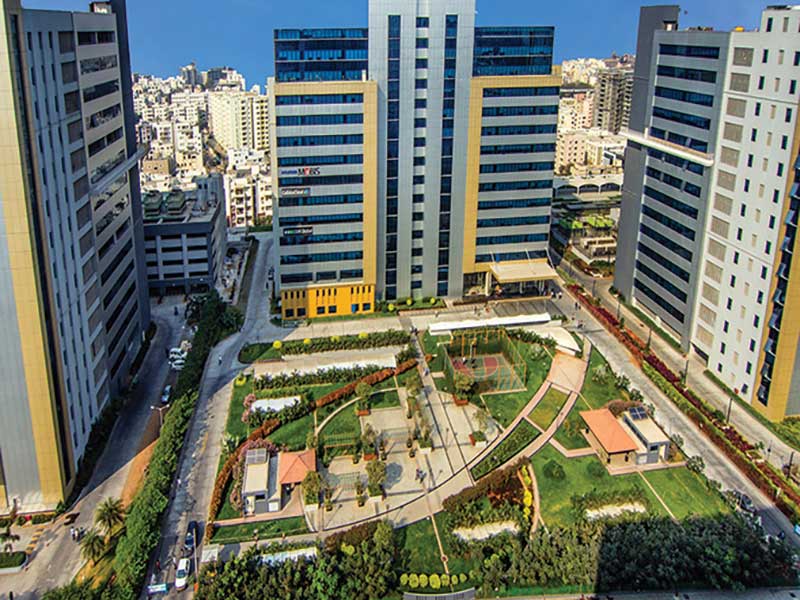
By minimizing waste generation, recycling materials, and enforcing proper waste segregation, it will reduce the industry’s environmental impact. This not only conserves precious natural resources but also curtails the energy consumption linked to material extraction and production. Moreover, responsible waste management brings substantial cost savings, including reduced procurement expenses and avoidance of fines associated with improper disposal. Furthermore, embracing these practices fosters a positive public image for construction companies, giving them a competitive edge in an increasingly eco-conscious marketplace.
Challenges in adoption of sustainable practices
Incorporating sustainable construction practices in commercial real estate in India presents a series of challenges. The lack of awareness and education surrounding these practices, including the benefits, and the high initial costs associated with sustainable construction methods, can deter developers who prioritize short-term financial considerations over long-term sustainability goals. Moreover, the limited availability and affordability of green building materials in the Indian market make it challenging for developers to source these materials at reasonable prices.However, despite these challenges, the Indian commercial real estate sector is witnessing a growing awareness of sustainable practices, and there is a positive trend towards greater adoption.




